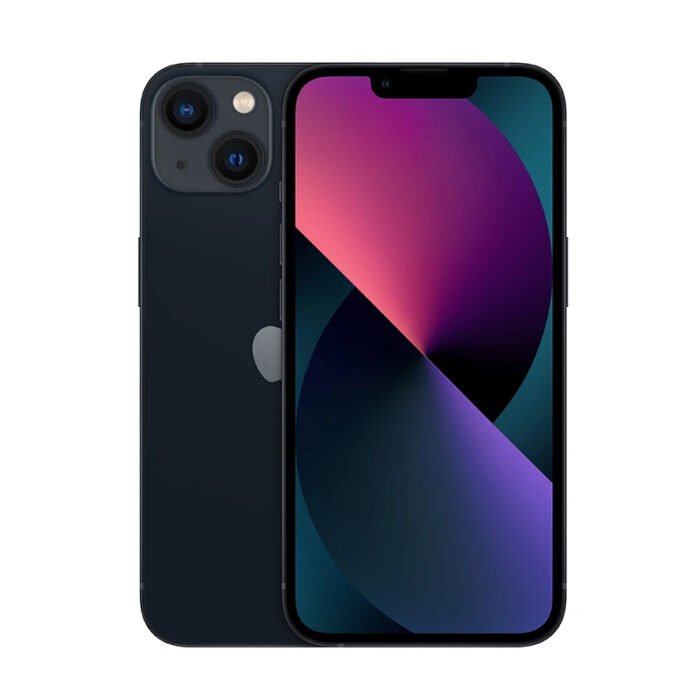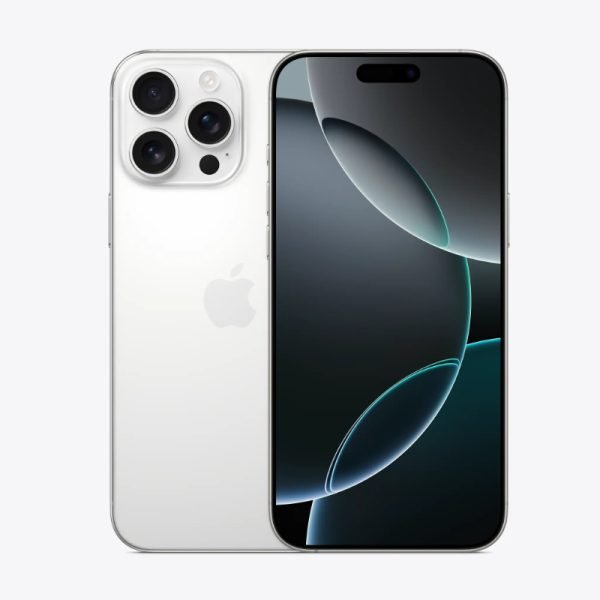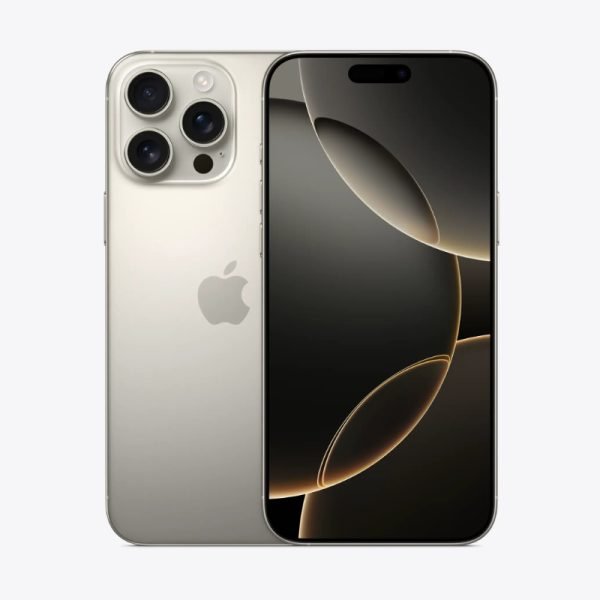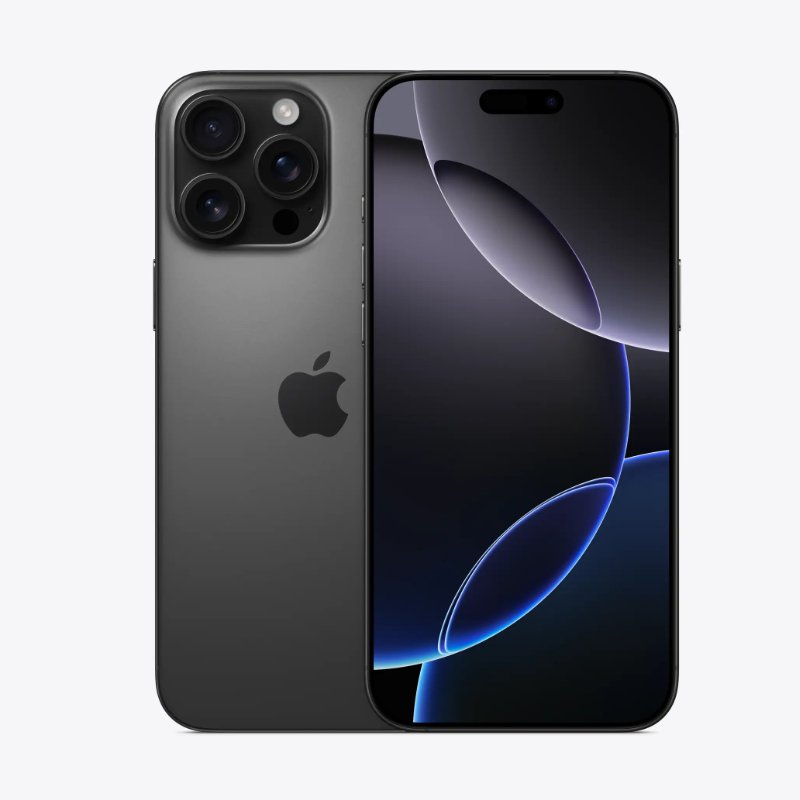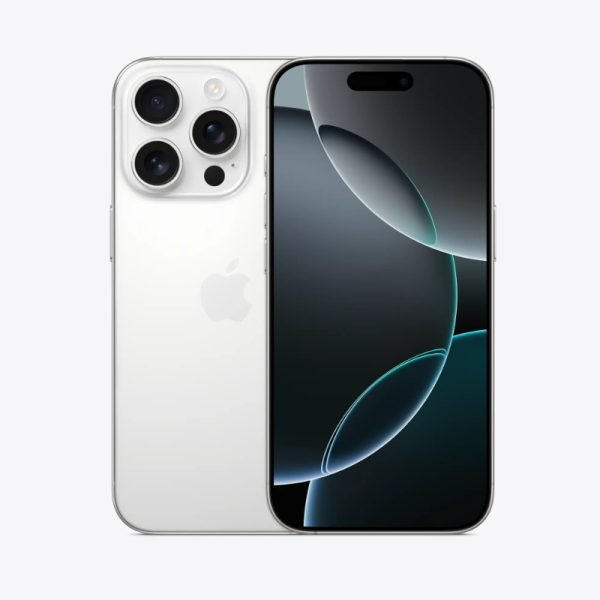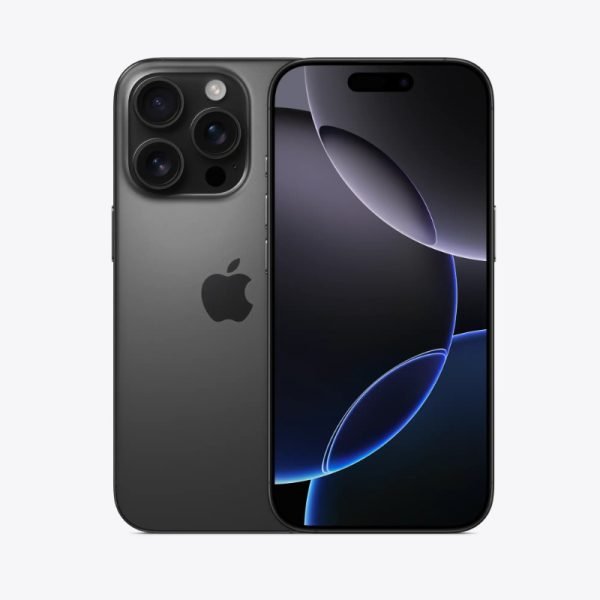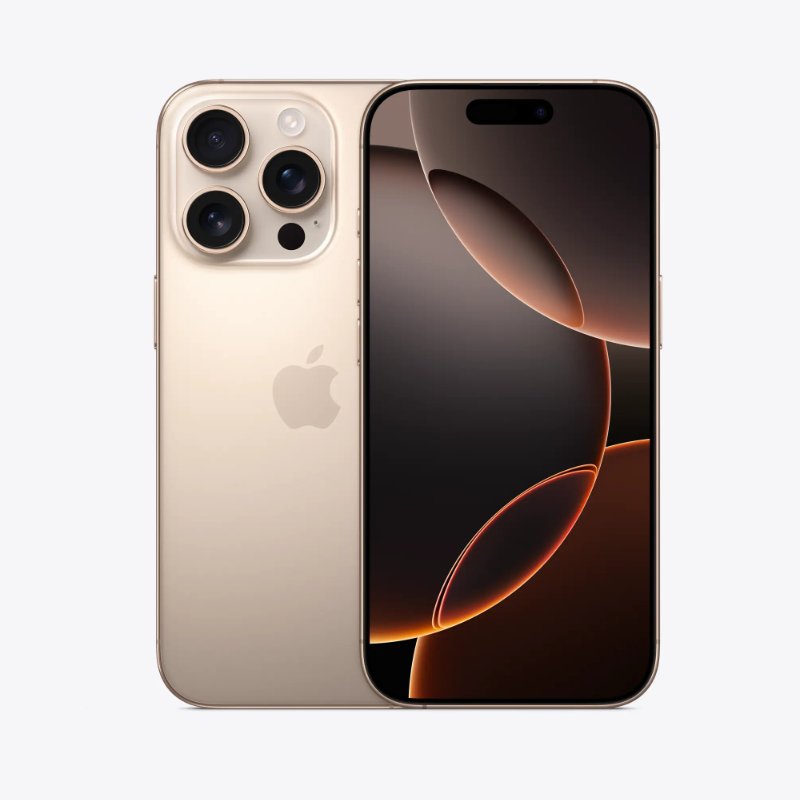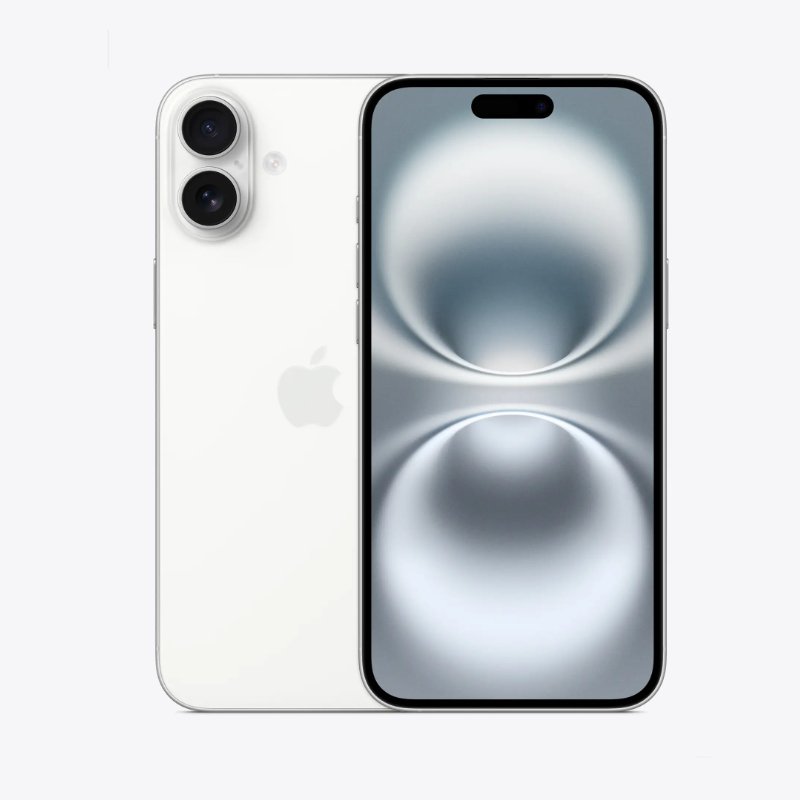Realme Note 50 Vs. Redmi A5
Here’s the detailed comparison table highlighting the key differences between the Realme Note 50 and the Redmi A5:


| Feature | Realme Note 50 | Xiaomi Redmi A5 4G | Key Difference |
|---|---|---|---|
| Display | 6.74-inch IPS LCD, 720 x 1600 pixels (~260 ppi), 90Hz, 560 nits (peak) | 6.88-inch HD+ IPS LCD, 120Hz refresh rate | Redmi A5 4G has a slightly larger display with a higher 120Hz refresh rate for smoother visuals. Both are HD+ IPS LCD. |
| Brightness | 560 nits (peak) | Not explicitly stated (likely typical for budget IPS LCD) | Realme Note 50 specifies its peak brightness, while Redmi A5 4G’s is not detailed in the provided info. |
| Processor | Unisoc T612 (12 nm) | Unisoc T7250 octa-core processor | Redmi A5 4G’s Unisoc T7250 is expected to be a newer and potentially more capable processor compared to the Unisoc T612 in the Realme Note 50. |
| RAM | 3GB / 4GB | 4GB / 6GB / 8GB (Expected, based on typical configurations with 128GB storage) | Redmi A5 4G is likely to offer higher maximum RAM options. |
| Battery Life | 5000 mAh | 5200 mAh | Redmi A5 4G has a slightly larger battery capacity. |
| Rear Camera | 13MP (Wide) + 0.08MP (Auxiliary lens) | Not explicitly stated (likely 50MP main for a 2025 launch) | Realme Note 50 has a basic 13MP main camera. Redmi A5 4G’s camera details are not fully specified in the provided snippet. |
| Front Camera | 5MP | Not explicitly stated (likely 8MP or 13MP) | Realme Note 50 has a 5MP front camera. Redmi A5 4G’s front camera details are not fully specified. |
| Build | Glass front, plastic frame, plastic back, IP54 dust/splash resistant | Not explicitly stated (likely plastic body, similar to budget phones) | Realme Note 50 has an IP54 rating for basic dust and splash resistance. |
| Water Resistance | IP54 (dust and splash resistant) | Not explicitly stated | Realme Note 50 offers specific dust and splash resistance. |
| S Pen | No | No | Neither phone includes S Pen support. |
| Software | Android 13, Realme UI T Edition | Android 15, HyperOS | Redmi A5 4G launches with a significantly newer Android version (Android 15) and HyperOS, along with a promise of up to 2 major Android upgrades. |
| Charging | 10W wired | Not explicitly stated (likely 15W or 18W) | Realme Note 50 has 10W charging. Redmi A5 4G’s charging speed is not detailed in the provided info. |
| Special Features | 90Hz display, Side-mounted fingerprint, Mini Capsule | 120Hz refresh rate, Android 15, HyperOS, Up to 2 major Android upgrades | Redmi A5 4G offers a smoother display and newer software with upgrade promise. Realme Note 50 has a mini capsule notification feature. |
| Price (Launch) | KES 9,700 – 12,700 | KES 9,600.00 – KSh 10,900 | Both are budget-friendly phones, likely competing at similar entry-level price points. |
My Choice and Why:
For users looking for a very modern software experience out of the box with guaranteed future Android updates and a smoother display, the Xiaomi Redmi A5 4G appears to be the more compelling choice based on the available information. Its Android 15 launch, HyperOS, and the promise of up to 2 major upgrades provide better longevity. The 120Hz display and larger battery are also notable advantages for its segment.
The Realme Note 50, while also a solid budget contender with an IP54 rating and 90Hz display, is on an older Android version and its processor might be slightly less powerful.
I’d say: If software longevity, the absolute latest Android version, and a smoother display are your top priorities in a budget device, the Xiaomi Redmi A5 4G is the stronger option. If you prioritize basic splash resistance and a slightly lower price point (depending on market variations), the Realme Note 50 is a viable alternative. However, the Redmi A5 4G’s software promises make it stand out.


